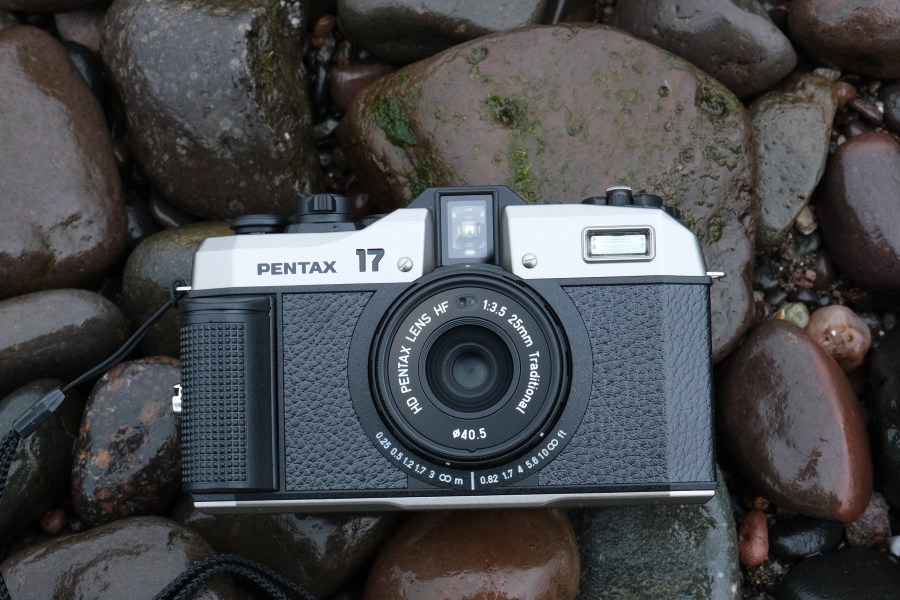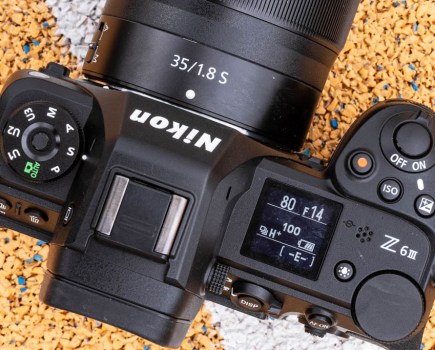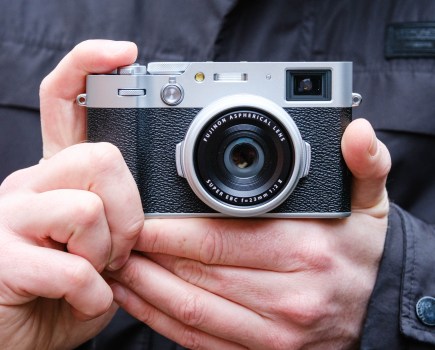AP’s Technical Editor Andy Westlake has already shared a roundup of the year’s best kit, but there are some products that did not necessarily make it to that list however, they did become our personal favourites. So, after another busy year of testing cameras, lenses, phones and accessories the AP team selects their most-liked kit of 2024.
The diverse lineup includes some of the best mirrorless cameras you can buy alongside outstanding smartphones for photography and quality budget options too. There is also something for film photography lovers and some second-hand best buys. Read on to find out which camera, phone or lens kindled the team’s interest the most this year.
Nigel Atherton
AP Editor Nigel Atherton has enjoyed using a small travel camera and a large-screen folding phone
Fujifilm X-T50
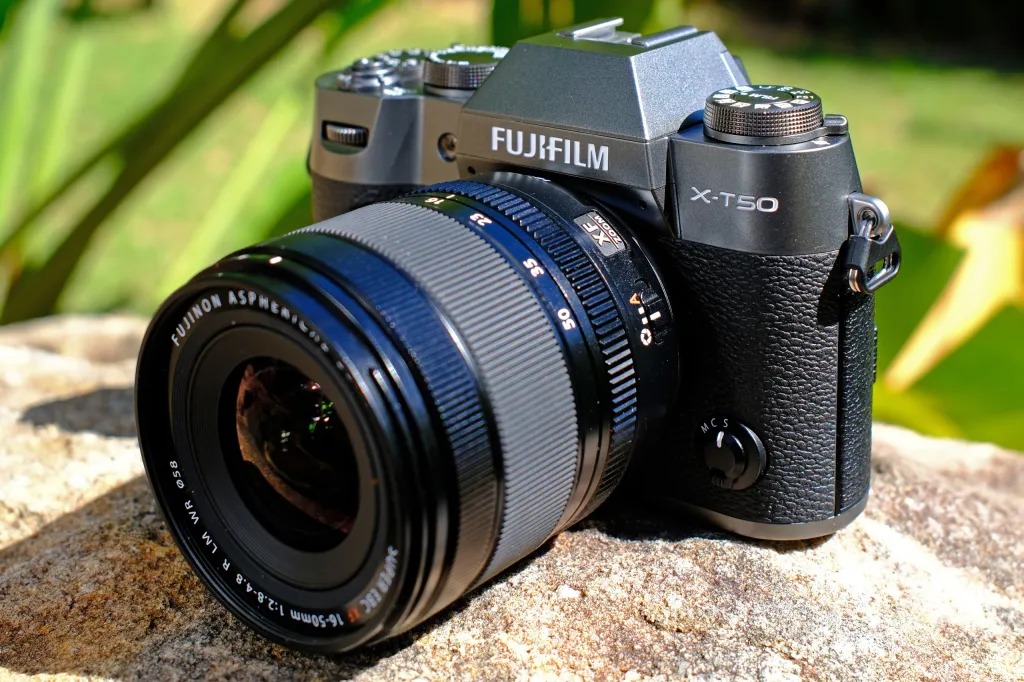
The Fujifilm X-T5 is one of my favourite cameras, so when I learned that Fujifilm was about to launch a smaller, lighter version just as I was about to go on holiday, I had to take one with me to try out. Holidays are a chance to spend some quality time with my wife so there’s a limit to how much I can allow photography to encroach on that. I need to travel light. The FujfilmX-T50 features the same design dial-based design concept as the X-T5 (unlike Fujifilm’s other smallish camera, the X-S20) but weighs just 438g. With the 27mm f/2.8 pancake lens fitted, it will slip into a blazer pocket, while weighing almost exactly the same as its fixed-lens compact sibling, the X100VI. Some small cameras don’t handle well but Fujifilm did a great job of maintaining the premium feel and providing a decent handgrip.

Compared with the X-T5, the X-T50 lacks weatherproofing, dual card slots and a fully articulated screen (it only tilts). It also has a smaller viewfinder, but these are compromises I was happy to live with in a travel camera. Featuring the same 40MP sensor and processor as the X-T5 and X100VI, the image quality is much the same. I took the 23mm f/2 and the new 16-50mm kit zoom, but the 27mm was the one I favoured by default, only switching to the zoom when I needed a wider or longer focal length. The film-simulation modes are now on the top dial, encouraging experimentation, and I was happy to oblige.
As AP editor I’m in the fortunate position of always having access to the latest kit, but if that were all to end right now, a two-body kit comprising an X-T5 with an X-T50 as a back-up and travel camera would be pretty much my perfect setup. Though of course that could all change next year!
Honor Magic V3
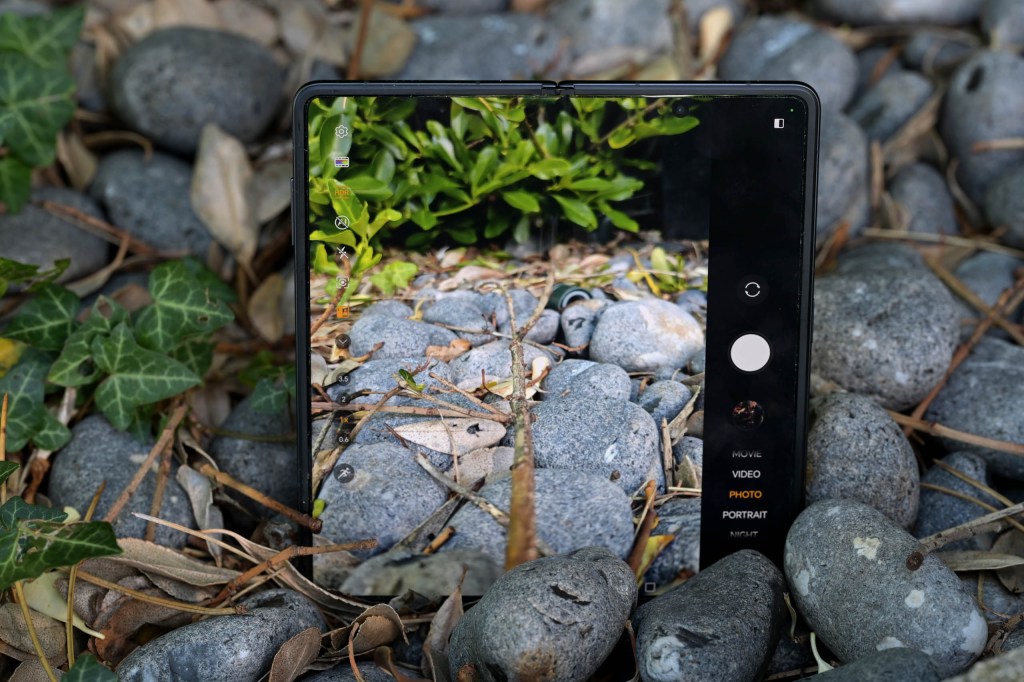
I have a love-hate relationship with mobile phones. I love browsing on them, but I hate typing on them. The keyboards are too small, my fingers too stubby and my ageing eyesight too decrepit. For serious work I much prefer using my laptop or, at a push, my iPad, where I have a larger screen and a decent keyboard. But I can’t fit either of those in my pocket. The Honor Magic V3 was my first introduction to folding phones and it was a revelation, because once you open it you effectively have a square tablet. That big screen is great for browsing the internet, looking at photos, and of course editing them, plus you get a usably large keyboard for typing on. This is all great, but it wouldn’t be enough if the camera system was sub par. Fortunately the one on the Honor Magic V3 is great. It seems to handle all lighting conditions with aplomb (even at night) and I enjoyed using the 3.5x optical telephoto so much that I am loath to settle for anything less. The only downside is the price. It isn’t cheap.

Joshua Waller
An eclectic list from Online Editor Joshua Waller includes two compact cameras, two flagship smartphones, and a clever little drone
Fujifilm X100VI
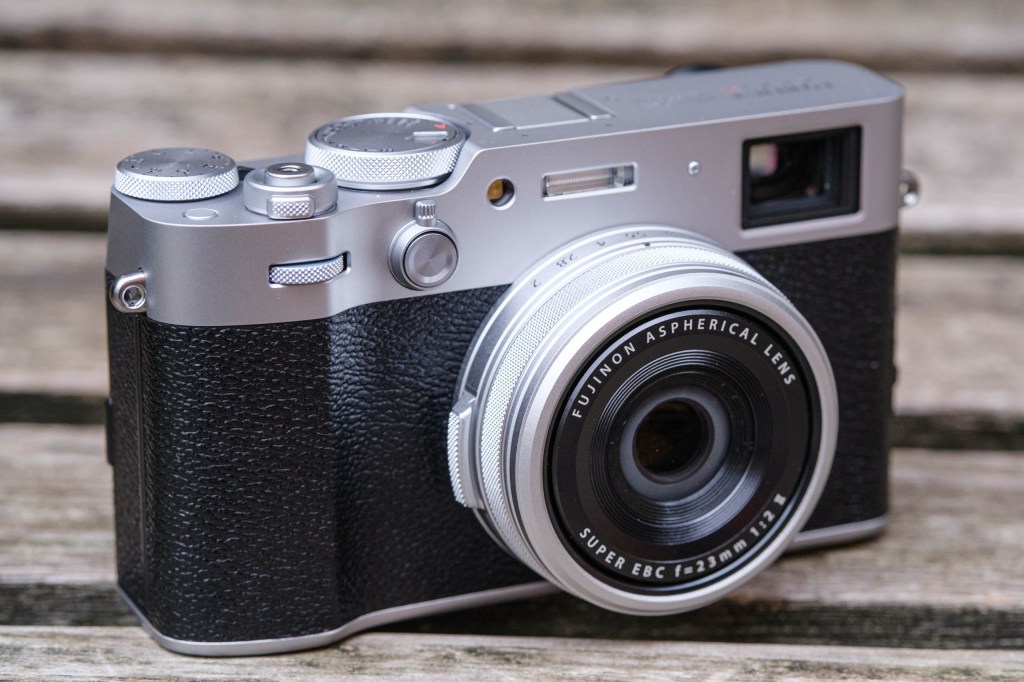
I had the luck of going to Japan to use the Fujifilm X100VI, a camera that, despite being manufactured at double the rate of the X100V, is still in high demand, and still on a waiting list if you actually want to buy one new. It truly is a runaway success story for Fujifilm, and it’s incredible that no other manufacturer has come up with an alternative. I mean seriously, why is there no digital version of the Olympus Trip 35 or 35 RC etc, or the Canon Canonet?
In every way the Fujifilm X100VI is the ultimate compact camera, with a high-quality prime lens,a large APS-C sensor (now with 40MP resolution), and oodles of style. And I mean oodles.
Fujifilm also added in-body image stabilisation (IBIS) to help when you don’t want to boost the ISO speed too much.

The hybrid optical/electronic viewfinder remains unique to the Fujifilm X100 series, and even if another company did bring out their own version of the X100VI, would it offer the same kind of viewfinder?
The X100VI is the ultimate in terms of a desirable camera, perhaps only matched by Leica. And even then, the Fujifilm has looks that, to some, are even better than the all-black Leica cameras.
What’s more, all of this comes with Fujifilm’s lovely colour reproduction and image quality. You can dial in the style that you prefer picking from Fujifilm’s Film Simulations, or go down the rabbit hole of ‘Film Recipes’ till you have everything just how you want it. Or play with them after you’ve taken the photo with the built-in raw processor.
The tilting rear touchscreen makes it a joy to use when shooting street photography, and tilting the screen up allows for waist-level shooting, something that I wish all cameras had. In fact, I might have to put my order in, it’s a surprise to me that I’ve resisted the temptation of buying one for so long. Long gone are the days of camera reviewers keeping cameras.
DJI NEO
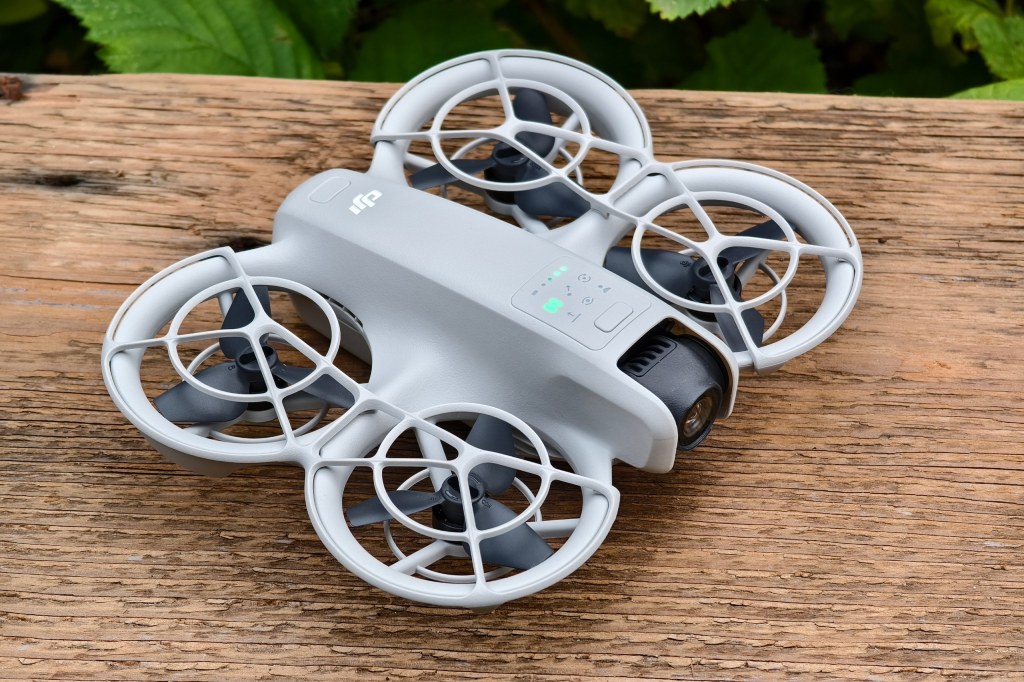
Fun, cheap and small is an amazing combination in my mind. Products that manage all three are rare indeed, and often find themselves a cult following – see the Mazda MX-5 for an example. The DJI Neo is a new drone that offers a range of impressive features, and among those impressive features is the low price. Available for just £169, you’d be forgiven for thinking this is a toy. But it’s anything but, with 12MP images, 4K video, and a range of impressive automated flying and filming modes that make it easy to use, regardless of your experience levels (it’s even got extra protection to keep it safe when used by beginners). While the results don’t necessarily stand up to close scrutiny, they’re good enough for sharing on social media. And for those looking for higher video and image quality, DJI offers a range of more expensive models. You can even use this low-price drone for high-speed FPV flying with optional goggles, meaning it’s likely to be in high demand for a long time coming.
Samsung Galaxy S24 Ultra
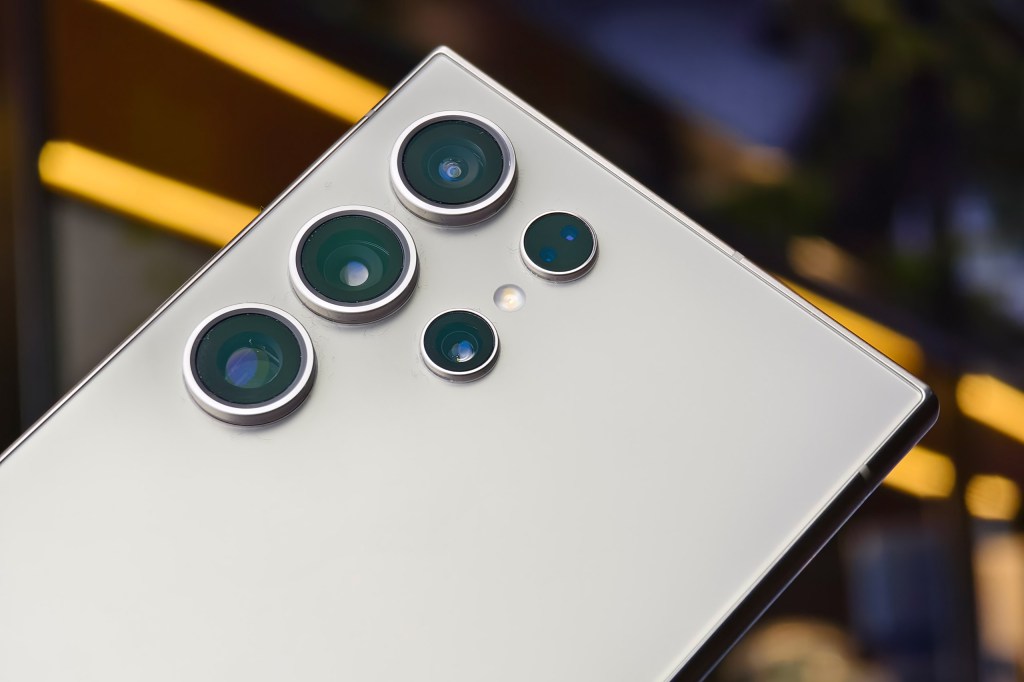
The Galaxy S24 Ultra is Samsung’s flagship camera phone, with four cameras on the back, including the usual ultra-wide, wideangle, and telephoto cameras. But instead of just one telephoto camera, the S24 Ultra has two, a 3x telephoto, and a 5x telephoto camera (that also offers 10x hybrid zoom and more).

While the S24 Ultra offers more than iPhones in terms of cameras, there are other Android models that are catching up, with phones from Vivo, Xiaomi, and others offering impressive telephoto macro capabilities. This is something that I’m hoping Samsung will address with next year’s S25 Ultra.
However, if you want an all-round impressive Android camera phone, then the S24 Ultra has almost everything you could want. What’s even more impressive is the anti-reflective coating on the screen, which makes an amazing difference when shooting out and about (or simply using your phone). For the screen alone, this is a phone to buy, it’s simply night and day compared to other models.
Vivo X100 Pro
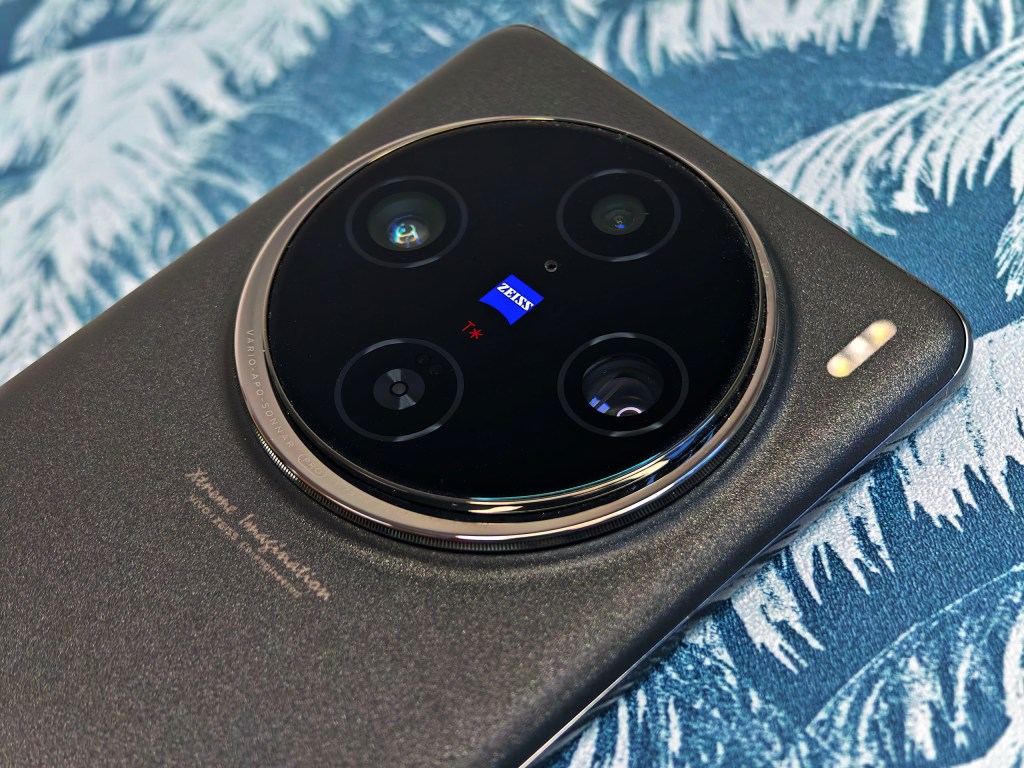
I get to review a range of phones, from budget models to flagship phones from a range of brands. But the phone that surprised me the most was the Vivo X100 Pro. With a 1in sensor on the main camera, it gives amazing images. However, it’s the telephoto macro camera that changed my life. Quite literally, as I now use it for all my product shots, it really is that good. With a 100mm equivalent view, it’s like using a real macro lens. However, the added depth of field from the smaller sensor (compared to normal cameras) is actually of benefit, as more of the product is in focus. The only areas where this phone could improve is in colour, as images are often overly saturated, and for quicker workflow, I’d love there to be a 3:2 aspect ratio option, which seems to be oddly missing from most phones.
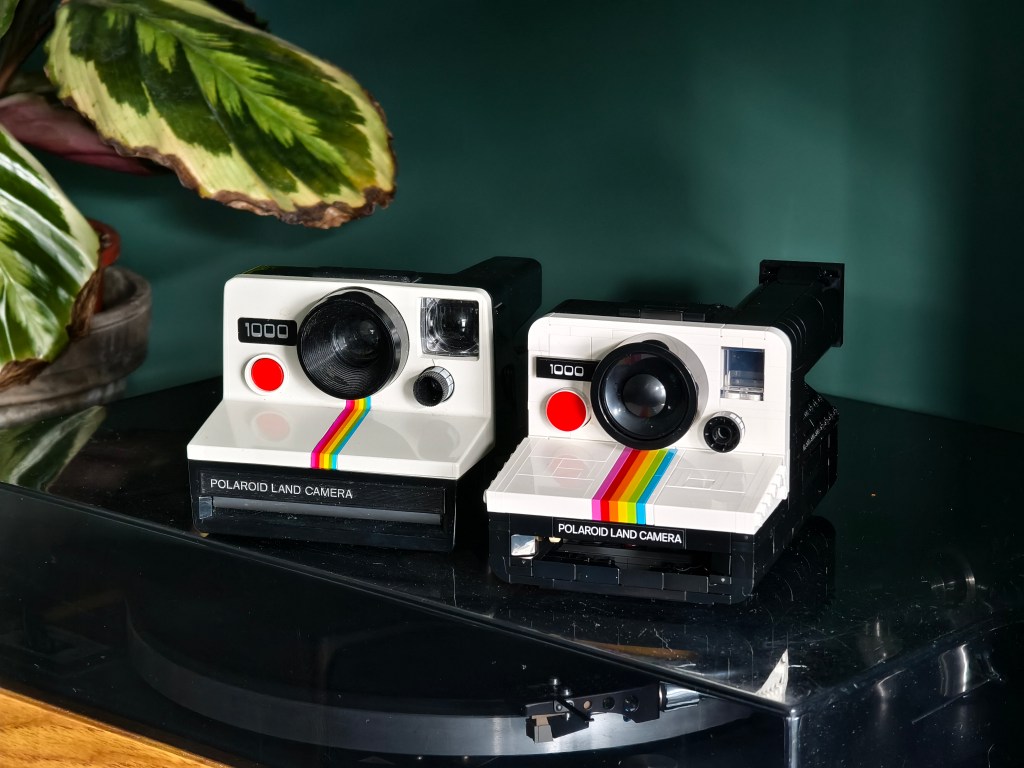
OM System Tough TG-7
If there’s room for one more mention, then it would go to the OM System Tough TG-7, an ultra-tough waterproof compact camera. Even though it’s got a small sensor by today’s standards, it’s great if you just want something for quick snapshots on adventures where you don’t want to risk damaging your phone. Yes, phones are often waterproof, but they’re not designed to withstand being dropped on rocks. The TG-7 is, and if you do want to eke out better image quality from the camera, then the raw files are surprisingly malleable.
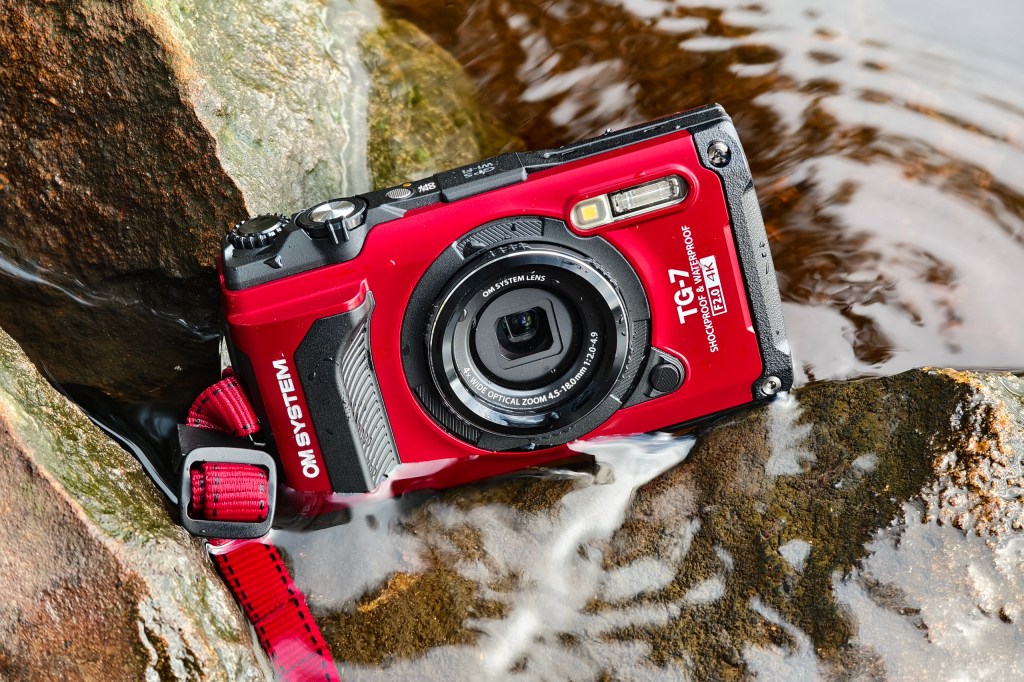
Jessica Miller
Deputy Online Editor Jessica Miller tested a new and exciting half-frame film camera from Pentax
Pentax 17
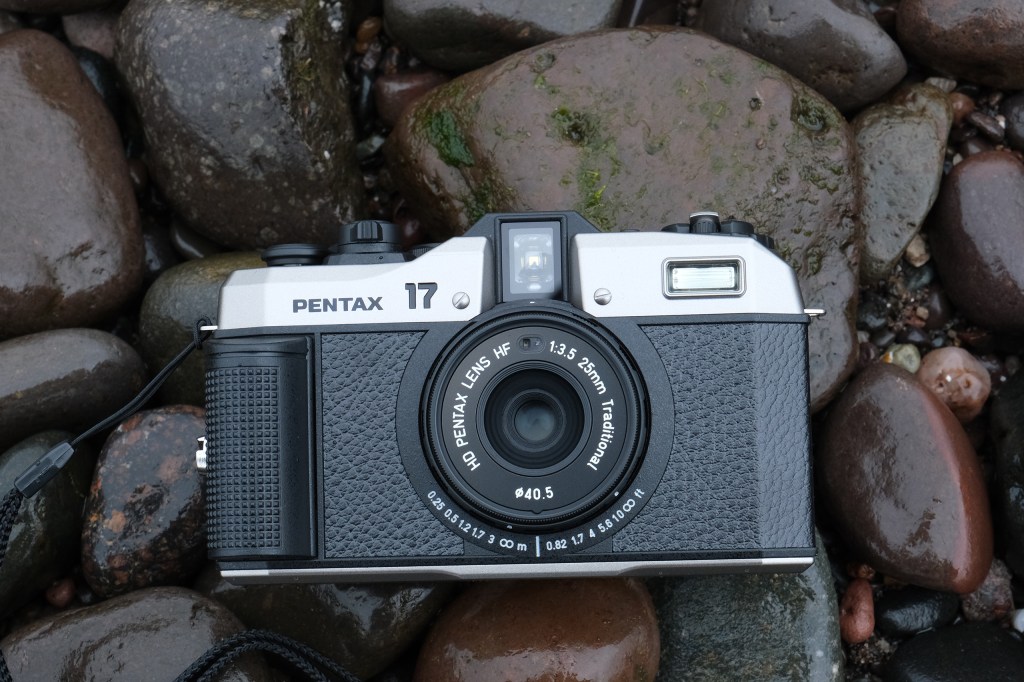
I’ve reviewed a fair few products this year, including the new Asus Zenfone 11 Ultra phone and the GoPro HERO 12. But the Pentax 17 was such a highlight during the summer I couldn’t not mention it here.
Alongside the Fujifilm X100VI, the Pentax 17 has been one of the most hyped and talked-about cameras on social media in 2024. My first film camera was the Pentax K1000, and my first DSLR the K-70. So as a known Pentax fan, I was excited and really wanted to review the Pentax 17. Thanks to our friends at Analogue Wonderland, I was able to try out the camera for a couple of months before giving it away to one of our lucky Instagram followers.

The Pentax 17 came to the market 20 years after the brand’s last 35mm SLR film camera. Labelled as the perfect camera for smartphone photographers, social media users and aspiring film shooters, the Pentax 17 brings a modern twist to traditional design, with a clear aim to target the younger, trendy social media audience that craves the nostalgia of film photography.
I love the fact that its features and design were inspired or redesigned from other Pentax models. For example, the lens design borrows from the Pentax Espio Mini. It’s a step up from basic point-and-shoot cameras in terms of features, but still light and compact enough to carry around day to day.
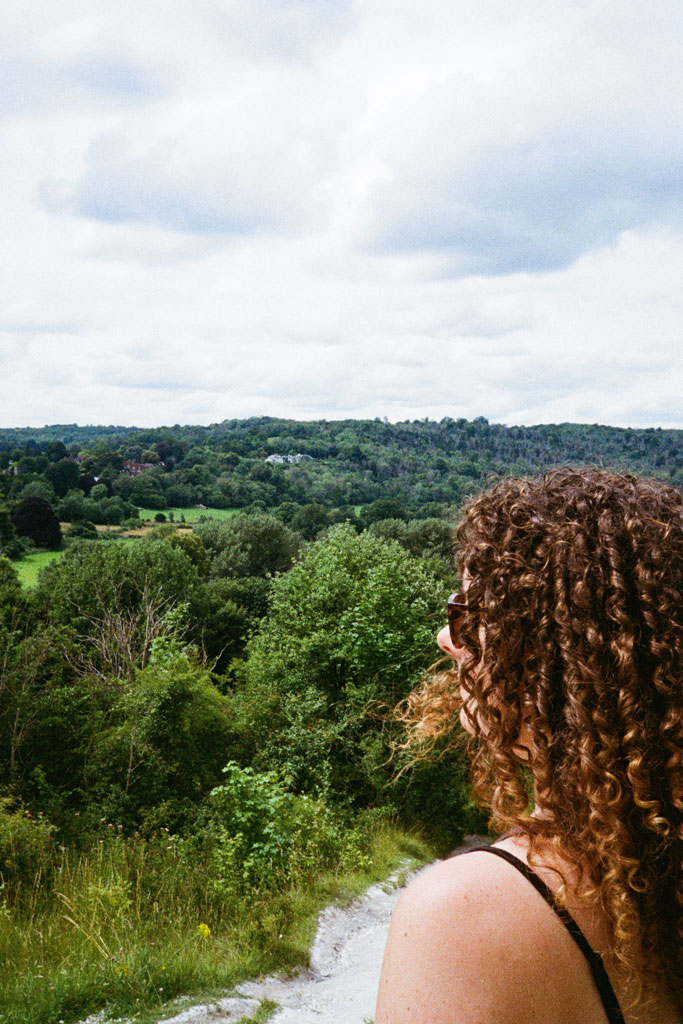
However, the manual-focus zones are what sets this camera apart from other competitors in the half-frame field. You can capture everything from close-ups of flowers to wide landscapes, so it has a lot of flexibility to suit many different photographers. The fact it’s half frame as well means double the number of exposures per roll of film. Score!
Of course, with film you never know how an image is going to turn out, until you develop it and get your photos back. But I was pleasantly surprised. Once you get your head around the focus zones and the distances, the images are of impressive quality and spot on with focus.
Isabella Ruffatti
An affordable smartphone and a 30-year-old film camera captured the heart of Online Writer Isabella Ruffatti
Motorola Edge 50 Neo

I have reviewed a number of smartphones this year, including the Honor 200 Pro which has an impressive Portrait mode that promised studio-level quality, with a little help from AI and Harcourt studio inspired filters. It mostly delivered (although sadly, there is simply no elevating portraits of pigeons), especially when I brought it with me to a studio photoshoot.
However, the Motorola Edge 50 Neo was the phone I enjoyed using the most. It’s truly a quality budget option for under £400 and an improvement from its last iteration, the Motorola Edge 40 Neo, which is fine but not good enough to really stand out.
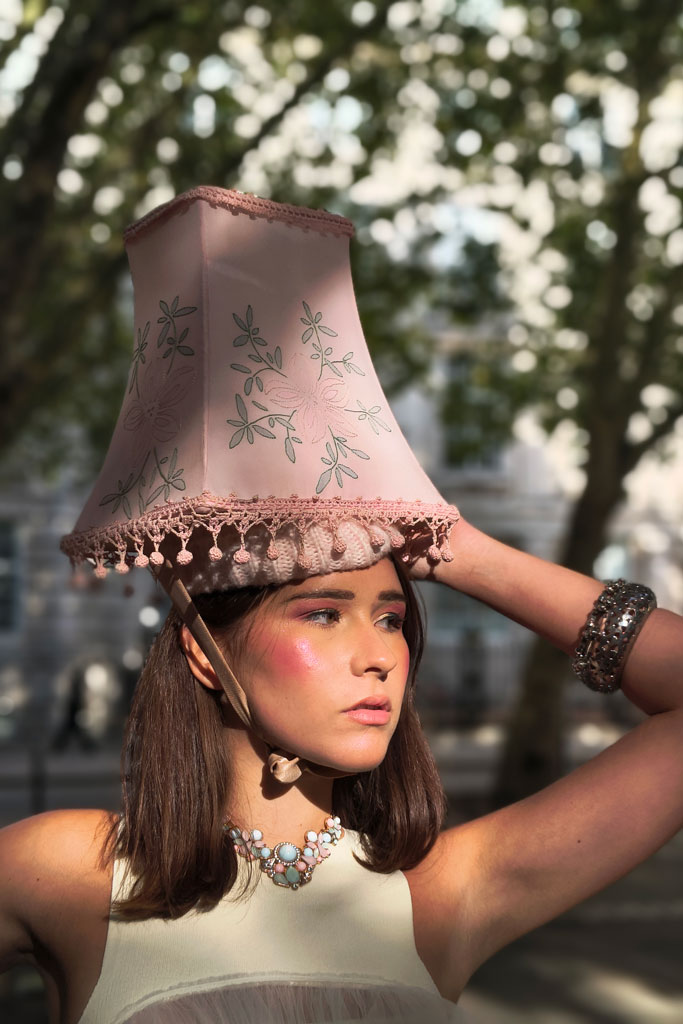
The Edge 50 Neo doubles down on what made the 40 Neo good – its low-light capabilities. It also improves its portrait capabilities, adding the option to shoot using an 85mm equivalent focal length as well as 35mm and 50mm. Additionally, it looks amazing. I reviewed the the Pantone Poinciana colour option, which is basically the colour of Aperol Spritz. Personally, I love fun colour options and phones that are on the smaller end.
Colour and detail rendering being overdone is still a problem, but it is clear that Motorola is working to improve image quality in its budget options. I can’t wait to see what the firm comes up with next.
Olympus Mju-1
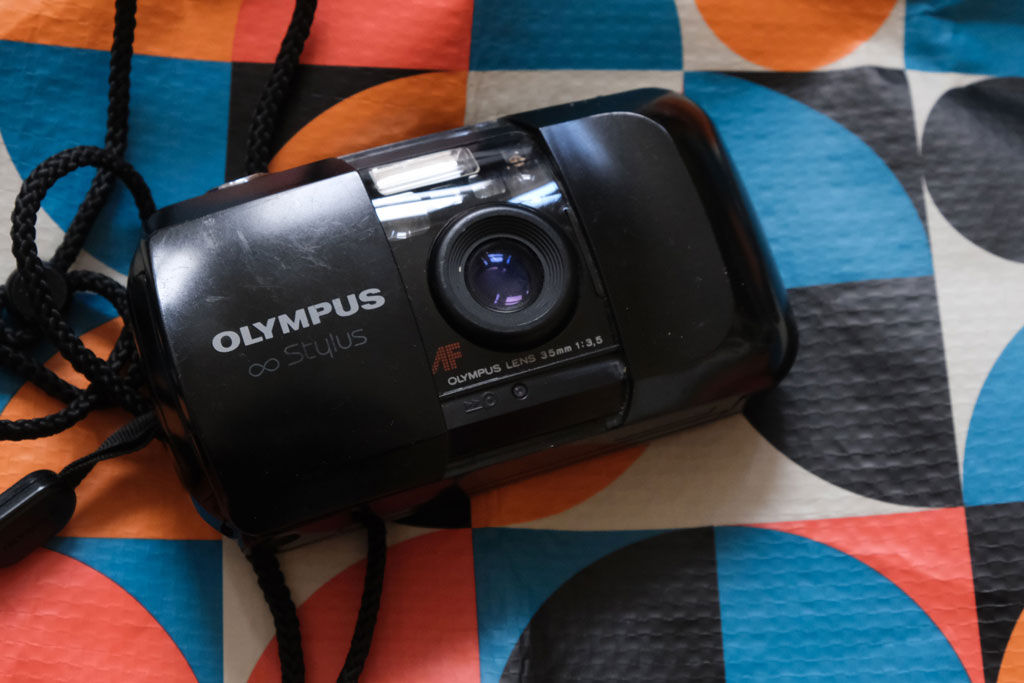
The most impressive new film camera I’ve reviewed this year is easily the Instax Mini 99. But it was my parents’ old Olympus Infinity Stylus (or mju-1 as it’s known in Europe) that won my heart this year.
I’ve used several cheap point-and-shoots like the Kodak Ektar H35N, which was a good option for me as a beginner film photographer, but which I also found myself eventually outgrowing. I truly wasn’t expecting much from the mju-1, but it has quickly cemented its place in my camera family as my trusty everyday camera for anything and everything.
I was shocked to discover that when it was released in 1991, it was meant not for professionals, but enthusiasts like my parents who just wanted to document their lives and that of their families. However, there are a few reasons why it and the mju-II have become so coveted by both beginners and more experienced photographers alike. It automatically winds film, has the option to turn the in-built flash off or choose fill-in flash, and consistently delivers high-quality images with the help of autofocus and auto-exposure.
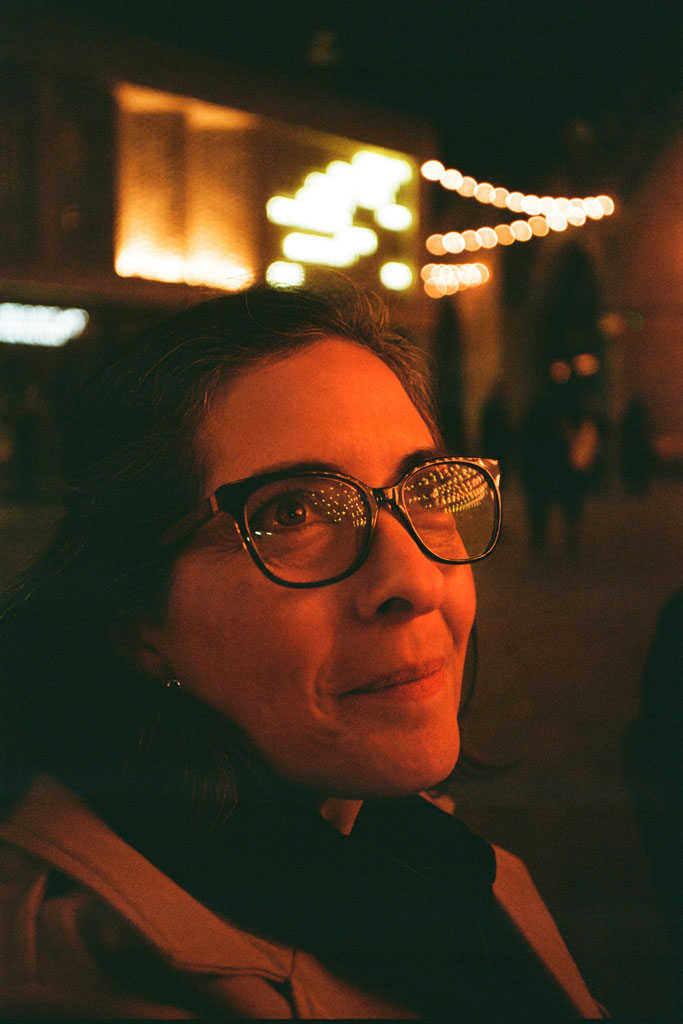
Best of all, it has delivered some nice surprises over time. One example is a portrait I took of my mom at night with ISO 400 film and no flash. This was an experiment; a let’s see how it does, and not be too disappointed when it comes out grossly underexposed, kind of experiment.
I had turned off the flash in the hope that the fairy lights would reflect off my mom’s glasses and stepped back just a bit, looking to hit the sweet spot when it comes to focus. With some good choices and a bit of chance, everything came together beautifully.
Geoff Harris
A couple of small-but-powerful mirrorless cameras and a top-notch smartphone caught the eye of Deputy Editor Geoff Harris
Fujifilm X-T5
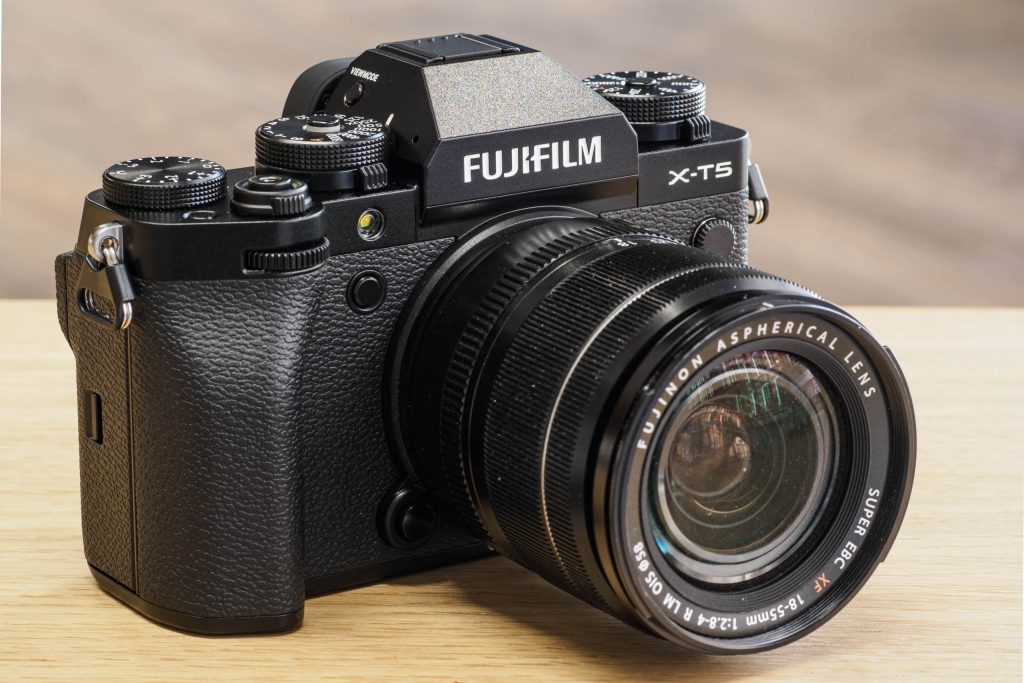
Of all the cameras I’ve used for my work and leisure travels in 2024, the Fujifilm X-T5 is my overall favourite. The camera is simply a delight to use. Let me elaborate… Stills photography is its raison d’etre, and it is unapologetic about this, rather than being encumbered with lots of advanced video features or vlogging extras designed to attract new audiences. The cool-looking X-T5 is a proper photographer’s camera and is perfectly suited to travel, being light (557g), compact and sturdy.
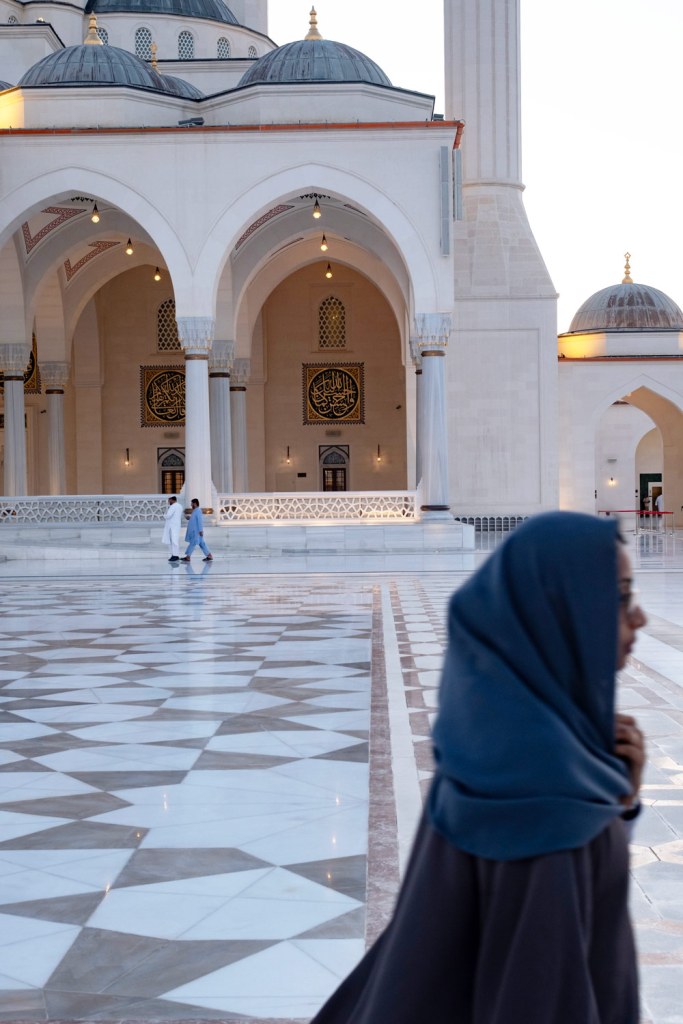
Yes the sensor might ‘only’ be APS-C, but I have no complaints about the richly detailed images generated by the 40.2MP APS-C X-Trans CMOS 5 HR chip. Noise is very well controlled, with the ISO range stretching from 125-12,800, which is expandable to 64-51,200 (not that I push the ISO that high, but it’s good to know the extra option is there). Meanwhile, the 5-axis in-body image-stabilisation system, rated for up to 7 stops of shake reduction, is also very welcome, especially when shooting in low light or trying out creative slow-shutter effects.
The two features that really sold me, however, were the fantastic AF and highly versatile, three-way tilting LCD. I’ve had mixed results with subject detection AF from other camera makers, but the technology inside the Fujifilm X-T5 is totally reliable, locking on to faces, animals, cars and motorbikes every time. This is to be expected, as 3.3 million on-sensor phase-detection pixels cover almost the entire frame.
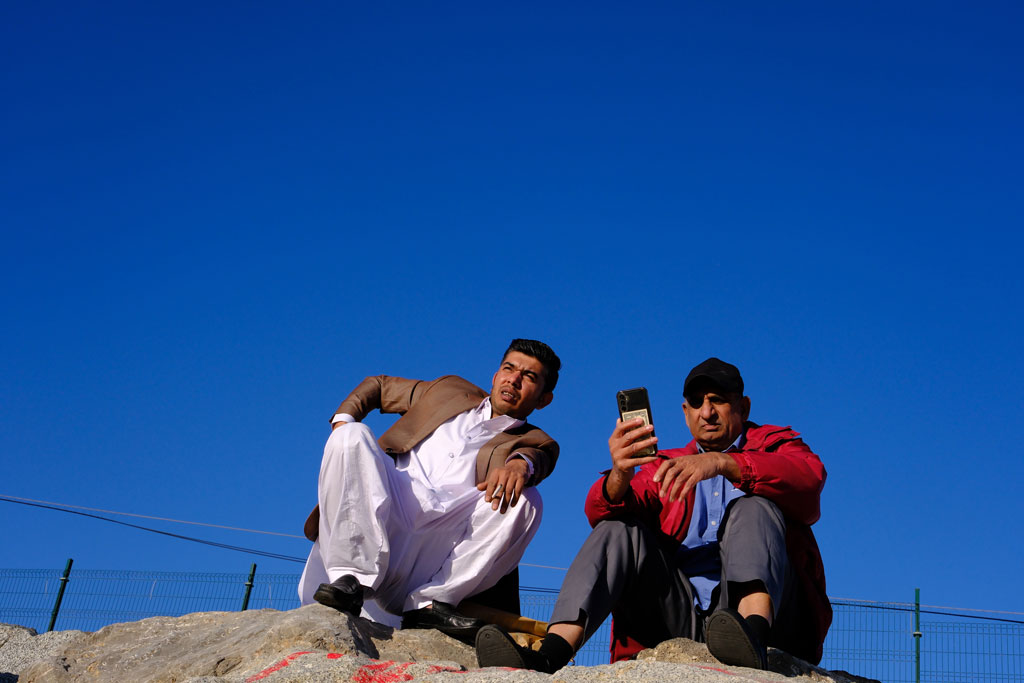
Being a fan of street photography, the tilting screen was also a godsend in cities, enabling me to frame and capture fleeting moments while staying unnoticed. Although the absence of a PASM dial initially puzzled me, it didn’t take long to get to grips with changing aperture (via the lens ring), shutter speed, ISO and exposure compensation on the fly. The handy joystick also makes it very easy to set AF points. Then there are the excellent Film Simulation modes, which can significantly cut editing time on the computer. And if you do want to shoot video, you can capture it in 6.2K.
No camera is perfect, and I moaned about the slack shooting mode dial, which you can easily shift from single shot to burst mode by mistake, and the rather risky placement of the delete button next to image preview. But these are small gripes.
Xiaomi 14 Ultra
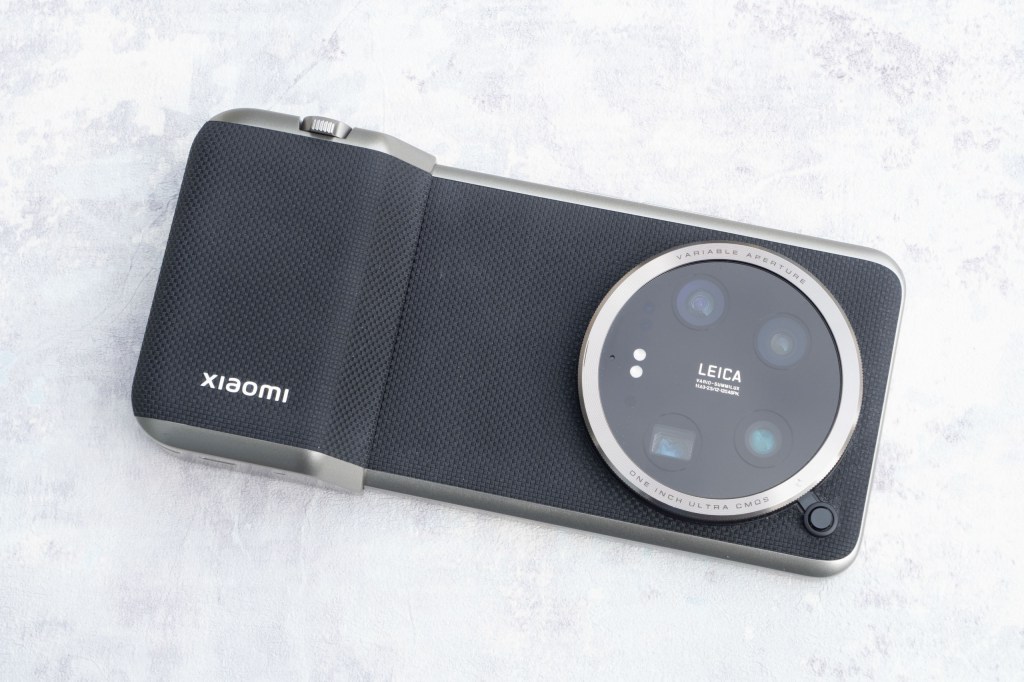
A lot of good Android phones for photography have come out this year, but the Xiaomi 14 Ultra landed like a sumo wrestler. Sporting a 1in sensor, stepless variable aperture (f/1.6-f/4) and no less than four 50MP, Leica Summilux-branded lenses, the 14 Ultra is quite a package. I experimented quite a lot with shooting in raw mode, and the detail and dynamic range in images is really impressive, even with a tight crop. I was also really impressed by the fast and accurate autofocus, which took the grabbiest of grab shots in its stride.
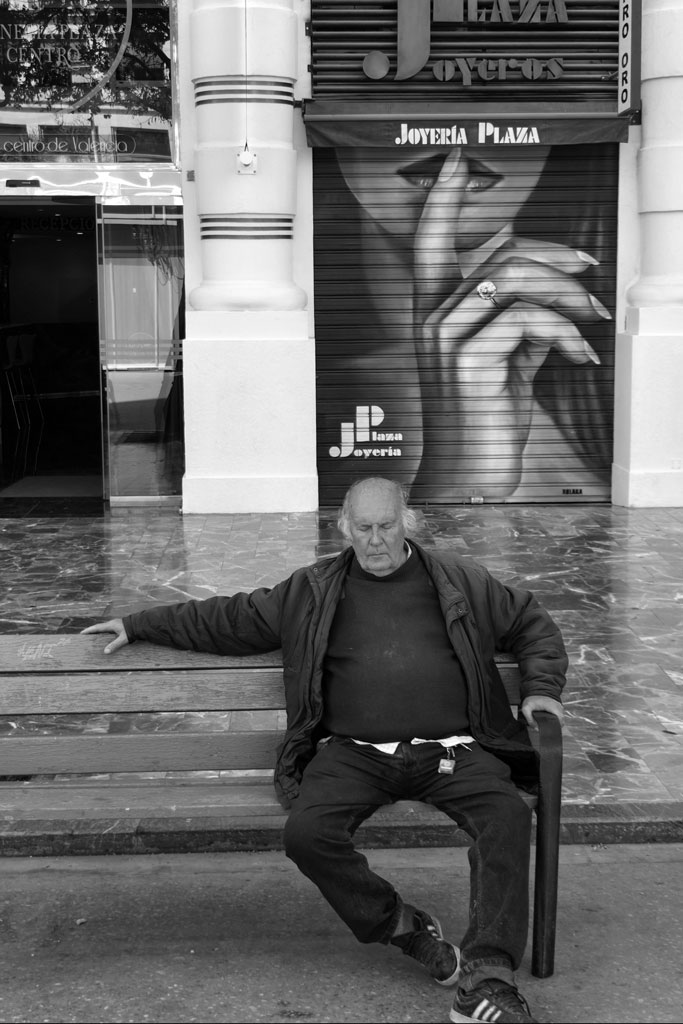
The Xiaomi feels very camera-like, almost spookily so when used with the Photography Kit grip. Not only does it enable you to change aperture, you can even add a filter. The Xiaomi 14 Ultra’s 1in sensor also makes it easier to get more authentic, rather than computational, background blur and there’s a good choice of tasteful Leica-branded filters (I’m a big fan of High Contrast Black and White, in particular). Indeed, I’d go as far as to say the Xiaomi 14 Ultra is the best smartphone I’ve used for photography, leaving the Apple iPhone munching the dust. I’m eagerly awaiting next March’s Mobile World Congress show in Barcelona to see if Xiaomi brings out an even more powerful version.
Olympus OM-D E-M1 Mark III
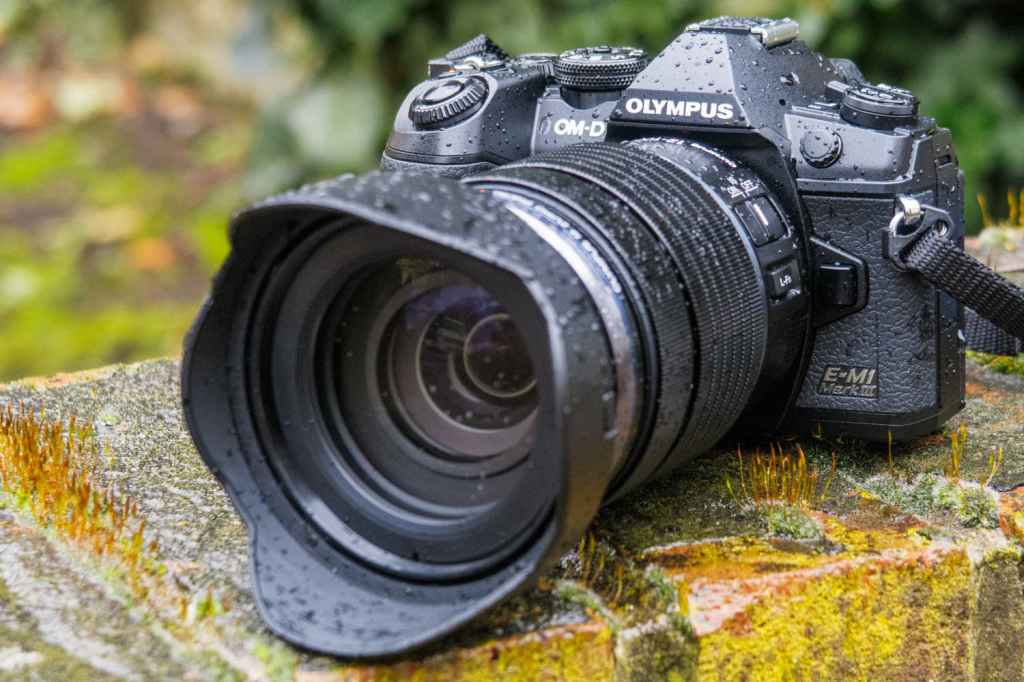
I recently bought a used E-M1 Mark III from a pro photographer friend and although I’ve not been using the camera long, I’m smitten enough to include it here. Released in 2020, used dealers are selling the Olympus E-M1 Mark III in ‘excellent’ condition with a six-month warranty for around £700, which is a big cash saver. I’m very impressed by the fast, accurate AF and detailed raw files produced by the 20.4MP Micro Four Thirds sensor, plus the build quality (the estimated shutter life is around 400,000 activations). Then there’s the handy image stabilisation, which compensates for up to 7.5 stops of camera shake, the ability to produce 50MP images while shooting handheld, 4K video recording, access to an arsenal of sharp, reasonably priced lenses and more. Yes, you need to watch noise from ISO 3200 and the so-so EVF isn’t up the standard of the newer OM-1 (or Mark II), but this can be worked around. The camera is still excellent value.
Amy Davies
Sony FE 85mm F1.4 GM II
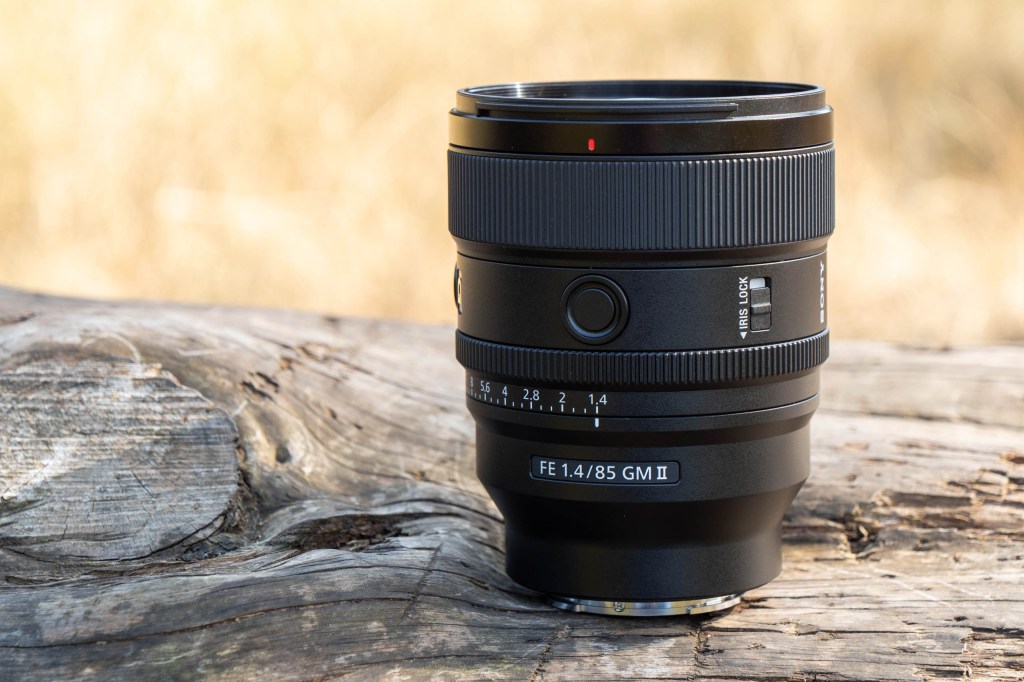
A fun kit from Lego, a content creator kit and a lens that finally made her a cover star. These are the kit picks of the year for Features Editor Amy Davies
I spent the first half of this year away from my desk most of the time, enjoying maternity leave. But when I got back in June I was keen to hit the ground running.
One of my first tasks was to take on the review of this stunning new lens from Sony, which I was lucky enough to secure a sample of well ahead
of its reveal. This is a fairly rare opportunity for us, and gave me the time to set about creating some great work with it.
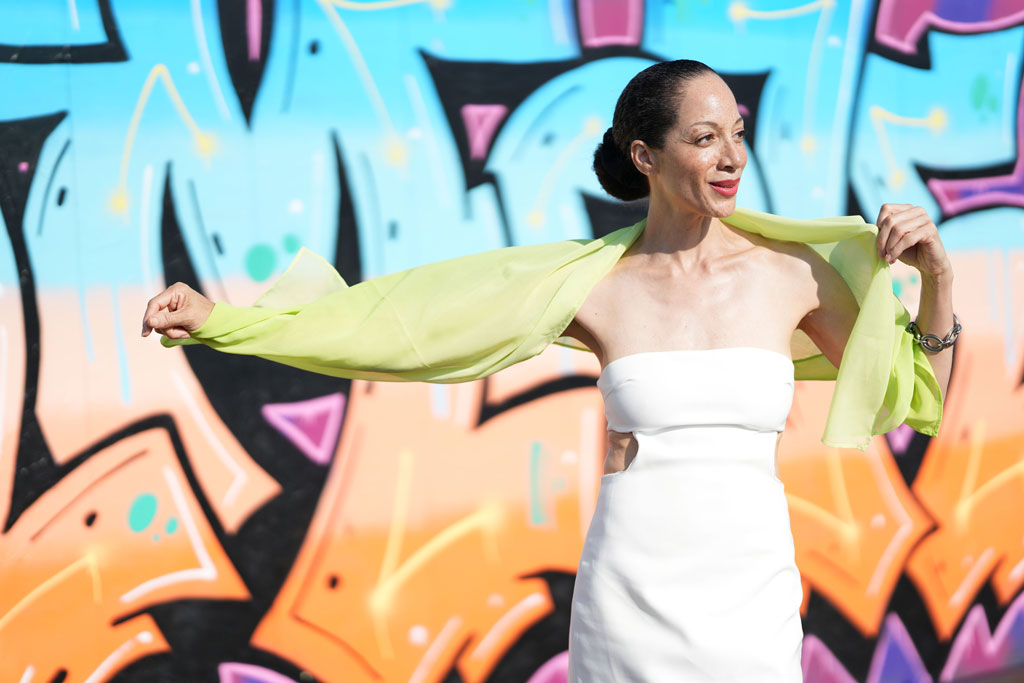
The Sony FE 85mm F1.4GM II is positioned as an ideal portrait lens for Sony users, so I wanted to make sure I scouted a model to really put it through its paces. I found Nel via the modelling website StarNow, and it turned out she lives just a short walk from me. As soon as I met her, we had a great connection and our portrait session was a real joy from start to finish. It was helped by the fact that we were enjoying some beautiful weather here in Cardiff, and at 5.30pm, the sun was in just the right place to make everything ‘pop’.
Wanting to show off the beautiful bokeh of the lens, I headed to a location where there are lots of graffiti walls. We only spent about 30 minutes together, but with each click of the shutter, I could tell we had created some really special stuff. I couldn’t wait to get home and take a look through the portraits.
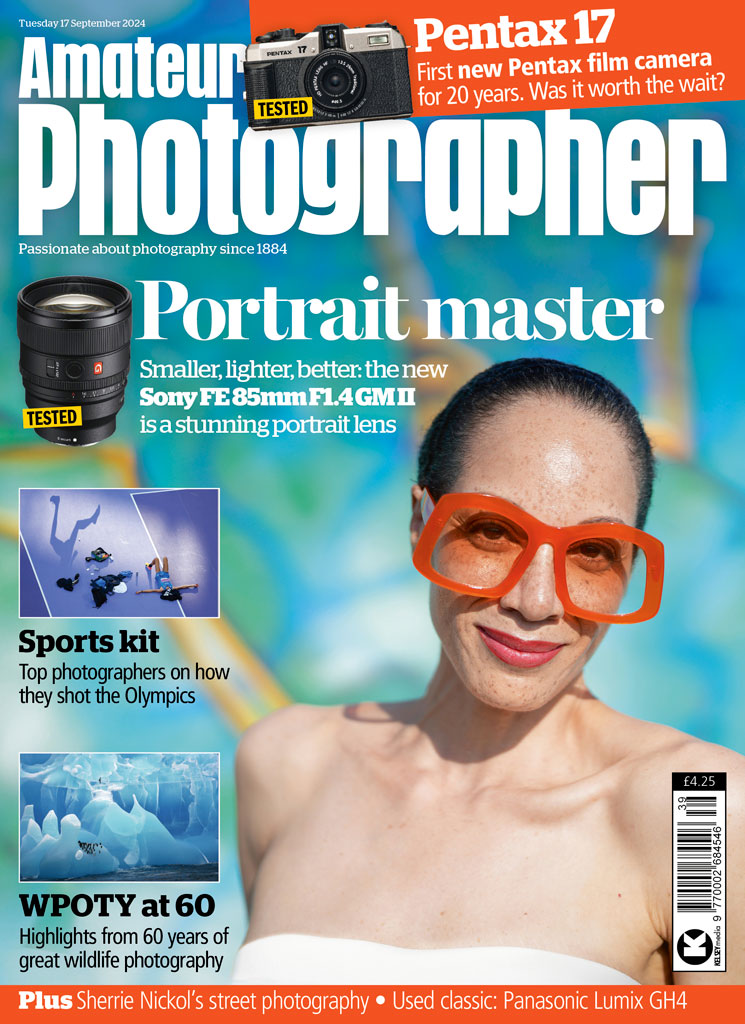
Nel was really happy with the results, and our review went live on the website. That was excellent, of course, but what made me choose this kit for
our round-up is that finally, after six years of working at this magazine, I managed to get a picture on the cover. In our ever digital world, it still feels a treat seeing our work in print – and even more so when it makes it onto the cover.
It doesn’t surprise me that it was one from this set which made it – Nel looks great and that lens really is superb. Hopefully it won’t be my last cover!
Lego Polaroid OneStep SX-70 Camera
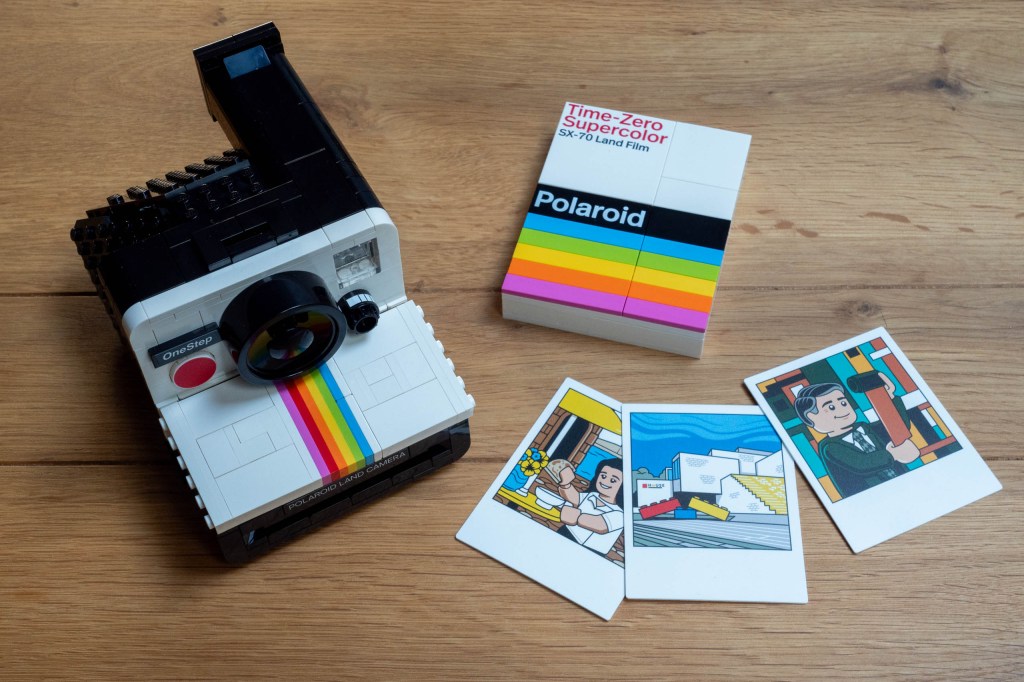
Although this isn’t technically a piece of photographic kit in the traditional sense, it’s easily one of my favourite things from this year. The Lego Polaroid OneStep SX-70 came out in January, so it was something I worked on (both the build and the review of it) when my baby was only a month old. It was a welcome distraction while she napped to help me feel more like ‘me’ again!
Since its launch, the Lego Polaroid has dropped dramatically in price to around £50, so I’m recommending the kit to pretty much anyone who will listen. Not only does it look great on your shelf, it’s a fun build (if a little challenging in parts). It also has a ‘play feature’, meaning you can actually eject little ‘prints’ from it, too.
I love looking at it on my shelf – it makes for a real talking point. If you don’t want to splash so much cash, there is also a Lego Creator 3-in-1 Retro Camera kit which was released at the same time as the Polaroid, and can be picked up for under £20. That’s also great fun, if not quite as fun as the Polaroid.
3 Legged Thing Camera Desk Mount System (CDMS)
This one is a straightforward bit of kit, but it has so much simplified a job that I do regularly that it deserves a special mention.
With video becoming an increasingly more important part of our work here at AP, I’ve been filming lots of short pieces for our social media channels this year.
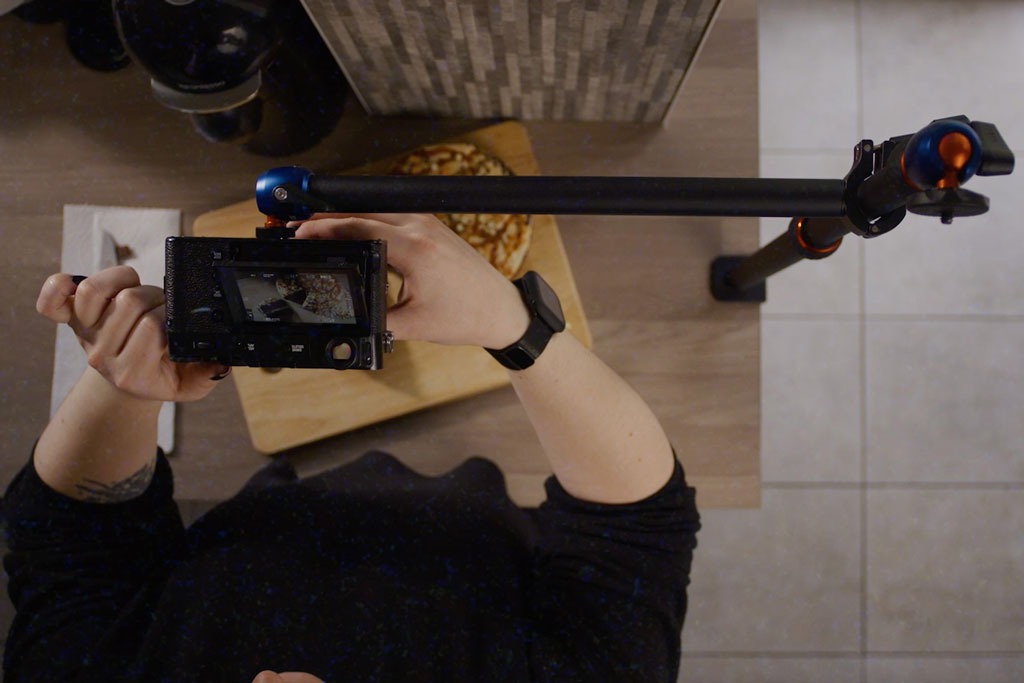
Many of these are unboxing videos of gadgets, or taking a closer look at a new book that’s just been released. In order to film them, I was previously using a cumbersome tripod set-up. But it was awkward to position next to a table, and wasn’t tall enough if the product I was photographing was particularly large.
Step forward the 3 Legged Thing Camera Desk Mount System. This is a simple centre pole with a desk clamp that attaches to the side of your desk/table, with a secondary arm that sticks out over the table.
I actually have the dual arm kit, which gives you a second articulated arm, and is useful for attaching say a ring light if you need extra illumination. It’s absolutely perfect for creating simple short videos, and although it only supports lightweight devices, that’s all I need as I use my smartphone for these videos.
Look out for a more in-depth review in a later issue of the magazine.

